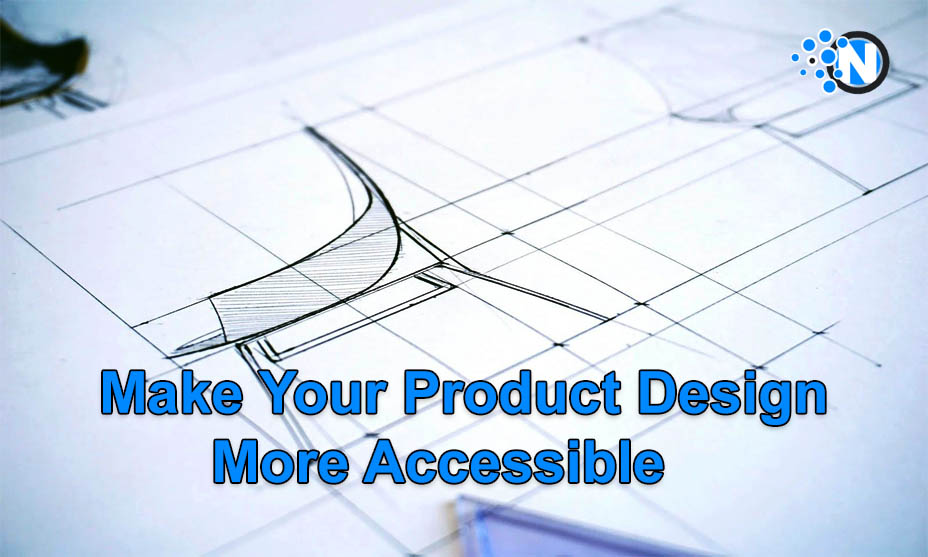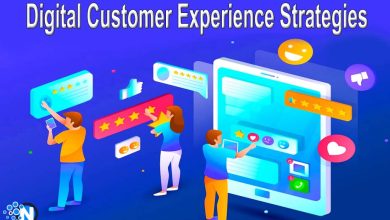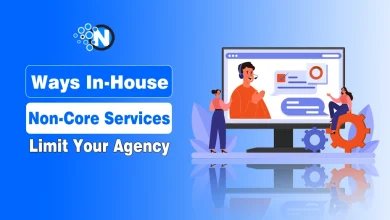How To Make Your Product Design More Accessible And Inclusive

It’s time to stop wondering why digital accessibility should be prioritized in business and start planning how to make it a reality. Products and services that are easily accessible are your entry point into a trillion-dollar industry. When you consider that accessibility solutions both drive innovation and provide a more intuitive user experience for everyone, it’s quite difficult to understand why few brands are invested in them. Below are ways to make your product design more accessible and inclusive.
Know and Understand Your Customers
Understanding your clients’ wants, preferences, and concerns is the first step in designing accessible and inclusive solutions. You can do this by performing user research with individuals from various backgrounds, so keep this in mind. You can use channels such as interviews, online and in-person surveys, observation, and testing. Personas, scenarios, and journey maps can also be used to empathize with your users and discover their pain points and goals. Remember to include people who have visual, auditory, cognitive, or movement impairments, as well as people from other cultures, languages, orientations, genders, and ages.
The research conducted to understand the user’s input must be diversified and reach all segments of the user population. A distorted conclusion of the consumers’ requirements results from a relatively small sample of users being polled constrainedly. That said, your research must be comprehensive and address a wide range of issues.
Apply Accessibility Standards
It is crucial to implement accessibility standards and guidelines for web and mobile applications or physical products. This is to ensure that your product design is accessible. These standards outline the best practices and criteria necessary to make your product perceivable, operable, understandable, and robust for all users. For instance, you can utilize contrast, color, size, and icons to enhance the readability and clarity of your texts and graphics. You can also provide keyboard, voice, and touch inputs to increase the flexibility and intuitiveness of your interactions. Furthermore, you can use clear and consistent language and navigation to make your content easy and structure easy to follow. Finally, you can test and validate your product with different devices, browsers, and assistive technologies to ensure its compatibility and reliability.
Accept Diversity and Inclusiveness

The third stage is to include diversity and inclusion into your product design by acknowledging and appreciating your consumers’ differences and similarities. This may be accomplished by using a user-centered and inclusive approach that involves and co-creates with your users throughout the product development cycle, from product ideation to assessment and evaluation. You can also avoid stereotypes, prejudices, and preconceptions by using inclusive language, images, and content to portray and address your users respectfully and appropriately.
Use gender-neutral terms, and avoid jargon and slang translations and localizations. For instance, use diverse and authentic images, illustrations, and icons to reflect users’ identities and cultures and provide options and personalization for your content and features to suit your users’ preferences and needs.
Learn and Improve
The fourth phase is to analyze and gather input from your consumers and stakeholders in order to learn and improve product design. This can be accomplished by monitoring the accessibility and inclusion performance of your product using quantitative and qualitative approaches such as surveys, interviews, analytics, and usability testing. You can also employ accessibility checkers, color blindness simulators, screen readers, and accessibility specialists to find and correct any faults or gaps in your product design. Furthermore, it may be beneficial to adopt a mindset of constant education and growth. This involves staying current with the latest technologies and methods and adjusting your product design accordingly.
A closed-loop approach is necessary for the product development cycle to be effective. This entails incorporating feedback, learning, and improvement methodologies into the cycle rather than imposing them from the outside. It is important to include feedback and user surveys, and the product design should also participate in these surveys to ensure they have a direct understanding of end-user feedback and avoid any communication gaps.
Educate and Advocate
Raising awareness and influencing people in your company and industry to embrace accessibility and inclusiveness in product design is vital. You can accomplish this by communicating and displaying the advantages and impacts to your colleagues, managers, clients, and partners using stories, facts, and examples. You can also foster an accessible and inclusive culture in your team and organization by giving them training and support. In addition to that, encouraging your team to study psychology will give them insights into human behavior preferences and expectations, which can be incorporated into the product design cycle.
Caption Multimedia Content
Captioning videos and providing transcripts for audio content is another way of making your content and products accessible and inclusive. Given that closed captions were created as a way to provide an equal entertainment experience for the deaf and hard of hearing, it stands to reason that content accessibility is its most crucial advantage. Transcripts are the whole plain text form of all captions created, whereas captions are time-synchronized text that accompanies video footage. Transcription and captioning, when combined, provide a significant option for the over 360 million individuals who suffer debilitating hearing loss. Simply said, closed captions allow these people to consume your video material, allowing them access while also expanding your audience.
Provide Clear and Consistent Navigation
The entire user experience on a website or an application is heavily influenced by navigation. It is the roadmap that directs users to the information they need and assists them in understanding the site’s structure. Well-designed, intuitive navigation makes it simple for people to locate what they are searching for and allows them to navigate the site freely and easily. Poor navigation, on the other hand, can be confusing and unpleasant and ultimately contribute to a terrible user experience.
Including accessibility and inclusivity in your product designs is crucial for attracting more clients and winning their trust and loyalty. However, knowing how to master this strategy is equally crucial. Hopefully, you’ll consider these tips for the best results.




